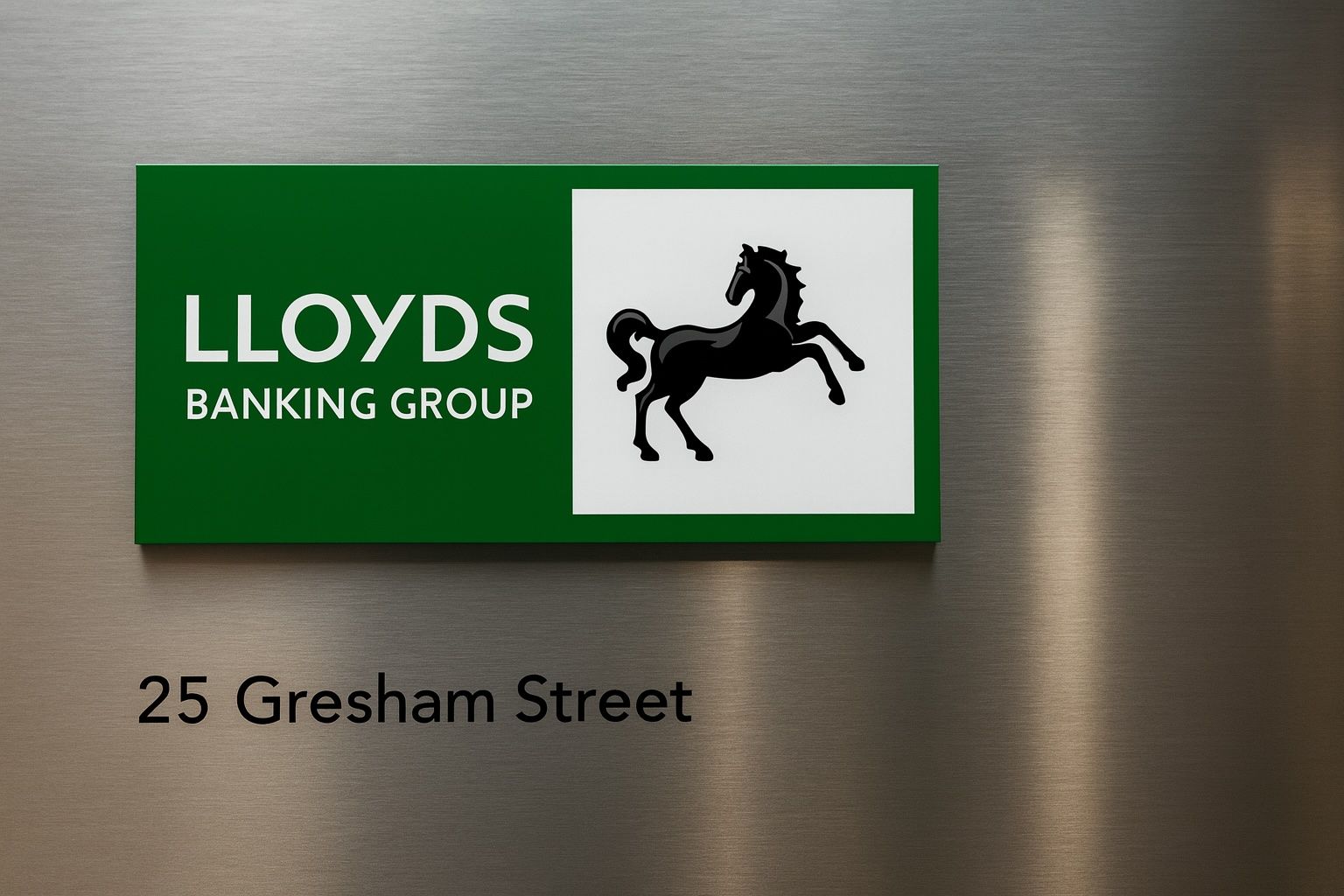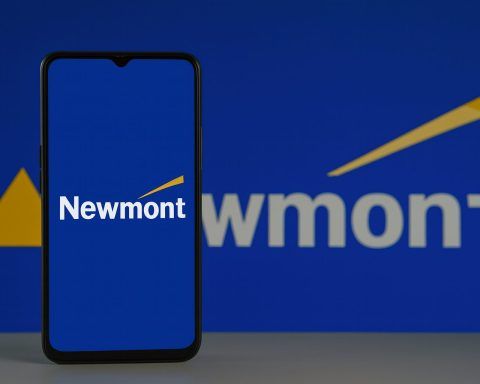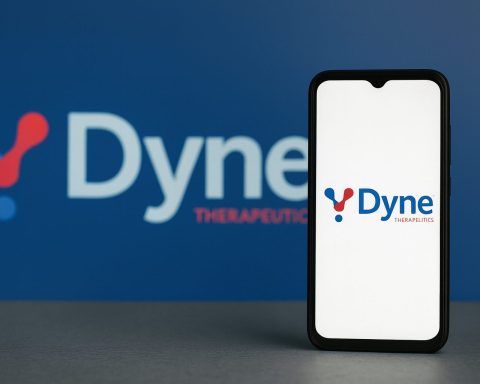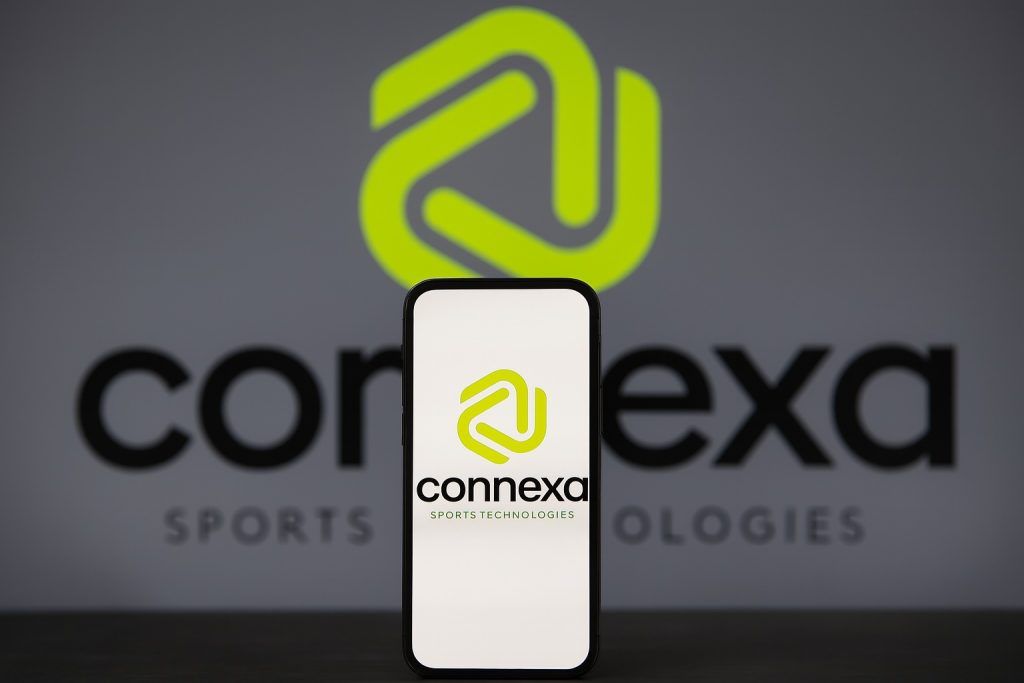Lloyds Banking Group’s share price eased lower on Wednesday as investors digested fresh news on its digital wallet ambitions, ongoing share buybacks and shifting expectations for UK interest rates.
Lloyds share price today (19 November 2025): key numbers
As of the close on the London Stock Exchange on Wednesday 19 November 2025, Lloyds Banking Group plc (LSE: LLOY) traded at:
- Closing price: 87.62p, down 1.46p (-1.64%) on the day [1]
- Intraday range: roughly 87.46p–89.12p, after opening at 88.88p [2]
- Volume: about 119–120 million shares, slightly below recent averages [3]
- Market value: around £51.7bn at the close [4]
Lloyds now sits around 8–9% below its 52‑week high of 95.86p, reached on 12 November 2025, but remains significantly higher than a year ago. [5]
On Wall Street, the US‑listed American Depositary Receipts (NYSE: LYG) mirrored the softer tone, ending around $4.62, down from $4.72 the previous session. [6]
Over a longer horizon, analysis from Simply Wall St highlights that Lloyds shares have climbed roughly 66% over the past year and almost 190% over five years, even after recent volatility. [7]
What moved the Lloyds share price today?
Today’s 1.6% drop came against a backdrop of:
- A headline‑grabbing acquisition – Lloyds confirming a deal to buy digital wallet fintech Curve. [8]
- Ongoing share buybacks, with more than 10.7 million shares repurchased today alone. [9]
- A major macro catalyst – fresh UK inflation data at 3.6% for October, which strengthened expectations of a Bank of England rate cut in December. [10]
- Governance and board headlines, including a director role change and governance tensions at Curve. [11]
Add in the fact that Lloyds has been one of the FTSE 100’s standout performers in 2025, and today’s move looks more like a bout of profit‑taking during a nervy session for financials than a dramatic change in the investment story. Market data show Lloyds was among the FTSE 100’s larger fallers intraday, with the index itself slipping to about 9,507, down 0.47% on the day. [12]
Curve acquisition: the digital wallet bet behind today’s headlines
The single biggest corporate news item for Lloyds today was its acquisition of Curve, a London‑based fintech that runs a popular digital wallet platform.
What exactly did Lloyds announce?
In a Regulatory News Service (RNS) announcement this morning, Lloyds said it had agreed to acquire Curve UK Limited, describing it as a strategic move to accelerate its digital transformation and upgrade the experience for its roughly 28 million customers. [13]
Key points from the announcements and accompanying coverage:
- Curve’s business model
- Curve allows customers to link multiple debit and credit cards into a single card and app, then “switch” which underlying card funded a given transaction after the fact. [14]
- The platform adds money‑management tools such as rewards “stacked” on top of existing card benefits, budgeting features, instalment “Pay Later” options and reduced foreign‑exchange fees on transactions routed through the Curve wallet. [15]
- Curve is authorised and regulated in both the UK and the EEA and processes billions of pounds of payments annually. [16]
- Strategy for Lloyds
- Lloyds plans to embed Curve Pay and other Curve features directly into its mobile banking apps, so customers get advanced wallet tools without needing a separate fintech app. [17]
- The bank frames the deal as a way to compete more effectively with neobanks and digital‑first rivals that have set a high bar for user experience. [18]
- Timing and financial impact
Official statements did not disclose the purchase price, though specialist fintech coverage widely reports an indicative figure of around £120m, significantly below the total capital Curve has raised over its life. [21]
Investor reaction: enthusiasm mixed with questions
At first glance, acquiring proven fintech infrastructure looks like a logical way for Lloyds to leapfrog some of the build‑it‑yourself risk and time required for complex wallet features.
However, investors also have a few reasons to pause:
- Acquisition risk and integration complexity – integrating a fast‑moving fintech into a large, highly regulated bank is never straightforward.
- Unclear financial uplift – with Lloyds signalling that the deal is not materially earnings‑ or capital‑accretive in the near term, some shareholders may question the immediate payoff versus execution risk. [22]
That combination helps explain why today’s headline‑grabbing digital story coincided with a modest fall, not a jump, in Lloyds’ share price.
Governance twist: investor dispute around Curve and a board role change
The Curve deal is not playing out in a vacuum.
Curve’s shareholder dispute
Fintech industry coverage reveals that IDC Ventures, described as Curve’s largest external shareholder with roughly 12% of the company, has publicly challenged the deal. IDC has raised concerns about governance, the sale process, and how the company has been run, and has previously pushed to remove Curve’s chair. [23]
That dispute doesn’t involve Lloyds directly, but it does introduce a layer of uncertainty:
- IDC has signalled it may attempt to block or challenge the transaction. [24]
- Governance questions could factor into how regulators and other stakeholders assess the acquisition.
For Lloyds’ shareholders, this is less about the absolute size of the deal and more about the execution and headline riskthat can come with contested fintech transactions.
Director Declaration: Nathan Bostock’s new external role
Separately, Lloyds issued a Director Declaration today: independent non‑executive director Nathan Bostock will join the board of Jupiter Fund Management plc as a non‑executive director and chair designate from 1 March 2026, becoming chair on 1 April 2026 subject to regulatory approval. He will continue to serve as a non‑executive director at Centrica for at least part of 2026. [25]
The announcement does not alter Lloyds’ board composition today, but it does:
- Underline the high‑profile nature of Lloyds’ non‑executive bench.
- Raise the usual questions about time commitments, given the combination of roles across multiple large UK corporates.
So far, markets appear to be treating this as a routine governance update rather than a price‑moving event in its own right.
Share buyback: Lloyds buying the dip in its own stock
While the share price slipped, Lloyds itself was a major buyer of the shares today.
According to an RNS filed this evening, the bank repurchased 10,783,182 ordinary shares on 19 November 2025 as part of its ongoing share buyback programme launched earlier in the year. [26]
Key details:
- Shares bought: 10,783,182
- Price range: 87.54p–89.04p
- Volume‑weighted average price (VWAP): 88.00p
- Intended use: all repurchased shares will be cancelled. [27]
This continues a pattern of sizeable buybacks following the bank’s 2024 results, when it announced a £1.7bn share repurchase alongside a higher total dividend despite heavy motor‑finance provisions. [28]
From an investor’s perspective, the buyback is important in three ways:
- It supports earnings per share by reducing the share count over time.
- It acts as a signal of board confidence in the bank’s capital position.
- It provides a floor of demand that can limit downside on weaker days – although, as today shows, it doesn’t eliminate short‑term volatility.
Reshaping the business: Black Horse scales back offshore lending
Beyond digital wallets and buybacks, Lloyds is also quietly streamlining parts of its traditional lending operations.
Subsidiary Black Horse Offshore is scaling back its activities across Jersey, Guernsey and the Isle of Man as part of group‑wide efficiency measures:
- It will stop offering new loans or additional borrowing on existing lines of credit in those Crown Dependencies.
- Most products will instead be provided directly under the Lloyds brand, with existing motor finance customers seeing their current terms honoured.
- Lloyds says the changes affect only a “small number” of staff and are designed to “streamline and drive efficiencies” while enhancing products and services for clients. [29]
On its own, this regional reshuffle is unlikely to drive big share‑price moves, but it fits a broader pattern of cost discipline and brand consolidation that has characterised Lloyds’ post‑pandemic strategy.
Macro backdrop: inflation cools, rate‑cut bets rise – and bank shares wobble
Today’s trading came just hours after a major macro data release: UK consumer price inflation slowed to 3.6% in October, down from 3.8% in September and the lowest reading in four months. [30]
Key implications from the data and commentary:
- The fall in inflation was driven largely by lower energy bills, with some offset from still‑sticky food prices. [31]
- The reading has strengthened expectations that the Bank of England could cut rates by 0.25 percentage points in December, with market pricing for a cut rising to around 86% probability today. [32]
- The BoE’s Monetary Policy Committee only recently opted – by a narrow margin – to hold Bank Rate at 4%, but has signalled openness to cuts if the disinflation trend continues. [33]
For high‑street banks like Lloyds, that’s a mixed picture:
- Lower rates tend to pressure net interest margins, because banks earn less on the spread between loans and deposits.
- On the other hand, easier monetary policy can support credit quality and loan demand if the UK economy avoids a deeper slowdown.
Given that Lloyds shares have rallied strongly through 2025, some investors appear to be using today’s inflation‑driven shift in rate expectations as a cue to lock in profits, particularly on a day when fintech acquisition headlines also introduce extra uncertainty.
Valuation check: where does Lloyds stand after today’s move?
After slipping to 87.62p, Lloyds is trading at valuation levels that investors will inevitably scrutinise.
A few datapoints from market and analyst sources:
- Dividend yield
- Lloyds’ trailing dividend yield is currently around 3.6–3.7%, based on an annual dividend of roughly 3.3p per share. [34]
- Earnings multiples
- Intrinsic value vs market price
- Using an “Excess Returns” model, the same analysis pegs Lloyds’ intrinsic value at around 144p per share, roughly 39% above today’s price, implying the shares are undervalued on a long‑term fundamentals basis. [37]
In other words, valuation signals are mixed:
- Income‑oriented investors will see a well‑covered dividend and ongoing buybacks. [38]
- More cautious voices point to Lloyds’ exposure to UK consumer credit, its motor‑finance redress provisions and the sensitivity of its profits to domestic rate policy. [39]
Layer on top the Curve acquisition and governance noise, and it’s no surprise that analyst opinion today ranges from “undervalued opportunity” to “time to switch into other FTSE 100 names”. [40]
What today’s move could mean for current and prospective investors
For anyone following Lloyds share price today (19 November 2025), a few themes stand out:
- Short‑term volatility, long‑term repositioning
- The 1.6% dip comes after a very strong 12‑month rally and in the middle of major strategic moves in digital payments. [41]
- Digital wallet bet with execution risk
- The Curve acquisition offers a genuine step‑up in product capability but is accompanied by governance disputes at the target and the usual integration challenges. [42]
- Capital returns remain central
- A sizeable buyback and a rising dividend profile continue to play a major role in the investment case, even as earnings are still shaped by legacy issues like motor‑finance remediation. [43]
- Macro is shifting under banks’ feet
- Cooling inflation and rising odds of a December rate cut could compress margins in 2026, but may also support customers’ ability to service debt, which matters for impairments and credit losses. [44]
Final word (and a quick disclaimer)
Today’s Lloyds share price move reflects a tug‑of‑war between:
- A high‑profile digital wallet acquisition that could reshape its mobile offering;
- Ongoing capital returns via buybacks and dividends; and
- A changing interest‑rate landscape in the UK.
For existing shareholders, the key watch‑items over the coming months will be:
- Regulatory progress and shareholder dynamics around the Curve deal;
- The pace and scale of further buybacks;
- Any updates from the Bank of England on the path of rates; and
- How quickly Lloyds can translate its digital investments into sustained earnings growth.
This article is for information only and does not constitute investment advice or a recommendation to buy, sell or hold any security. Share prices and yields can move quickly; always check live data with your broker or financial news service and consider speaking to a regulated financial adviser before making investment decisions.
References
1. www.marketwatch.com, 2. shareprices.com, 3. www.sharecast.com, 4. www.sharecast.com, 5. www.marketwatch.com, 6. finance.yahoo.com, 7. simplywall.st, 8. www.investegate.co.uk, 9. www.investegate.co.uk, 10. www.reuters.com, 11. www.investegate.co.uk, 12. markets.businessinsider.com, 13. www.investegate.co.uk, 14. www.investegate.co.uk, 15. www.investegate.co.uk, 16. www.investegate.co.uk, 17. www.investegate.co.uk, 18. www.marketscreener.com, 19. www.investegate.co.uk, 20. www.investegate.co.uk, 21. www.fintechweekly.com, 22. www.investegate.co.uk, 23. www.fintechweekly.com, 24. www.proactiveinvestors.co.uk, 25. www.investegate.co.uk, 26. www.investegate.co.uk, 27. www.investegate.co.uk, 28. www.reuters.com, 29. www.itv.com, 30. www.reuters.com, 31. www.ons.gov.uk, 32. www.reuters.com, 33. www.bankofengland.co.uk, 34. www.hl.co.uk, 35. simplywall.st, 36. simplywall.st, 37. simplywall.st, 38. www.fidelity.co.uk, 39. www.reuters.com, 40. simplywall.st, 41. simplywall.st, 42. www.investegate.co.uk, 43. www.investegate.co.uk, 44. www.reuters.com







